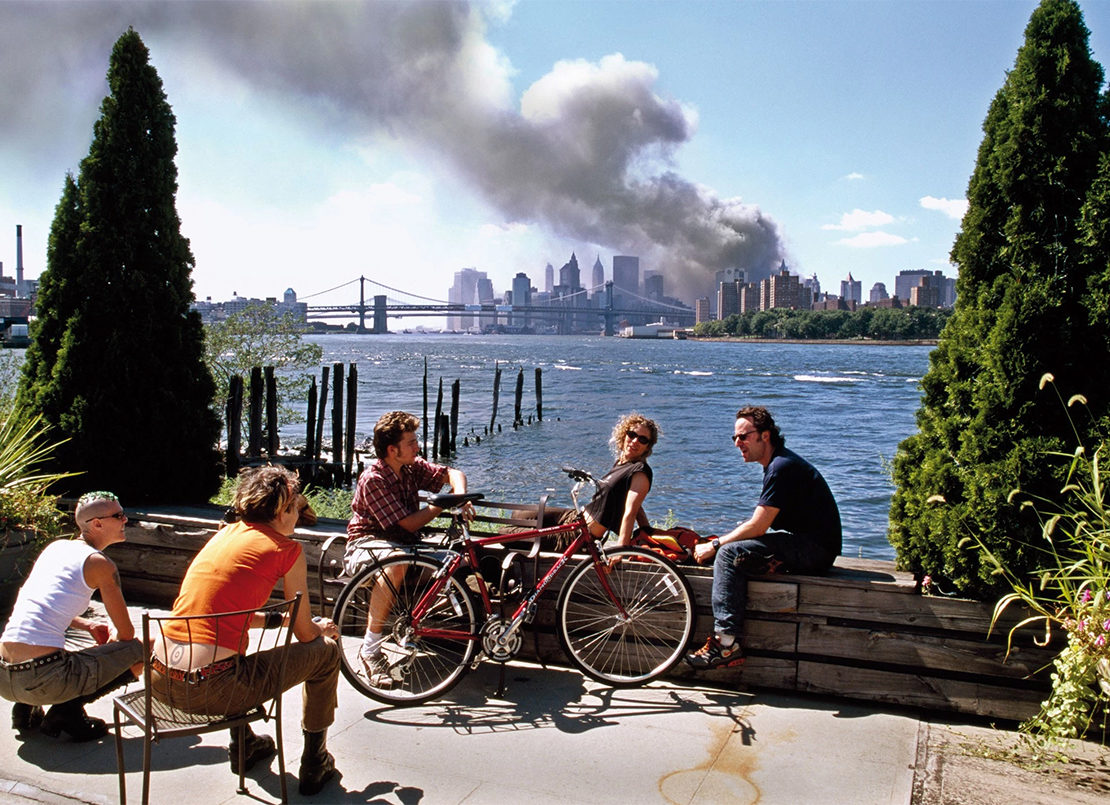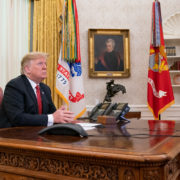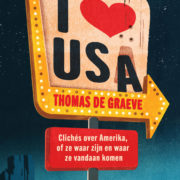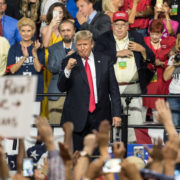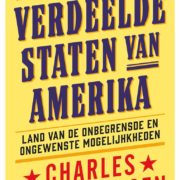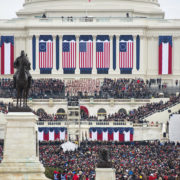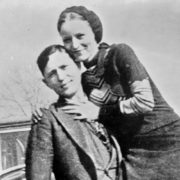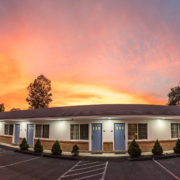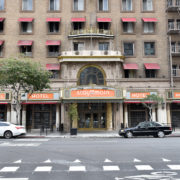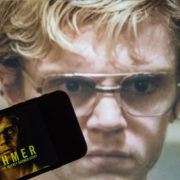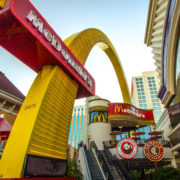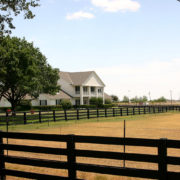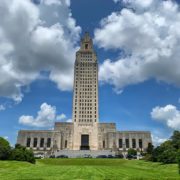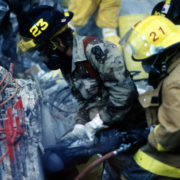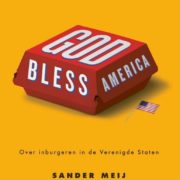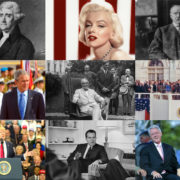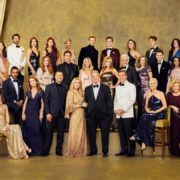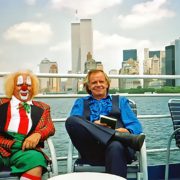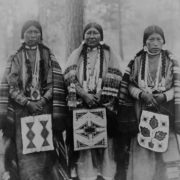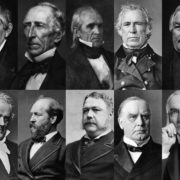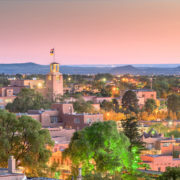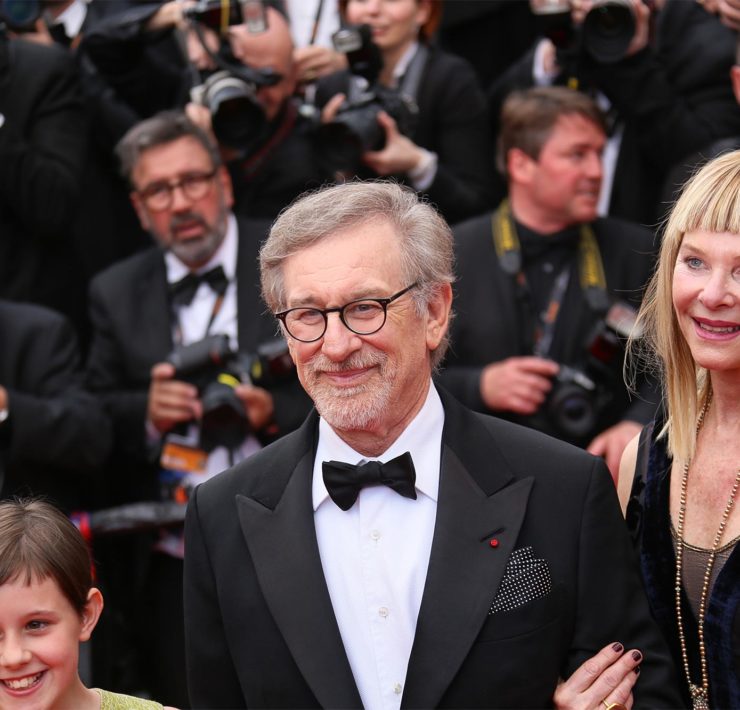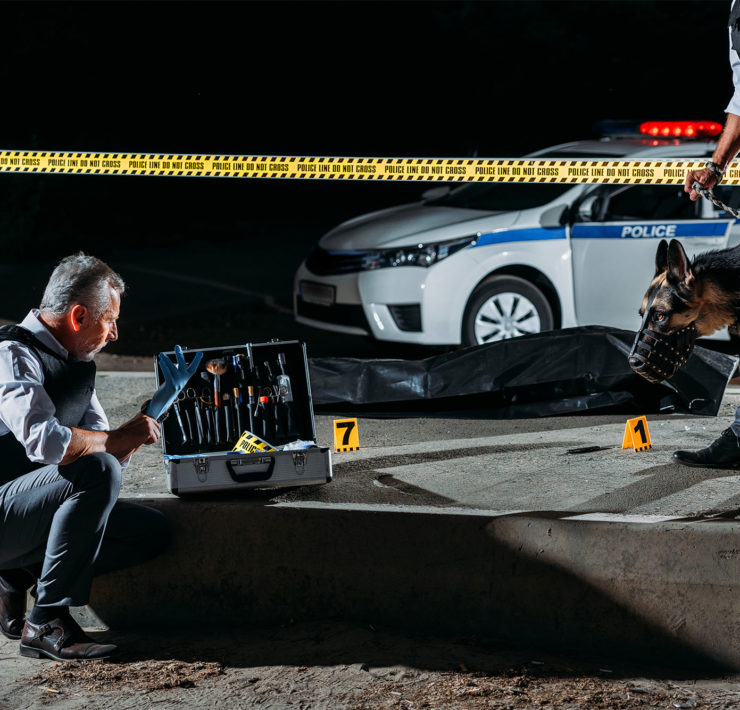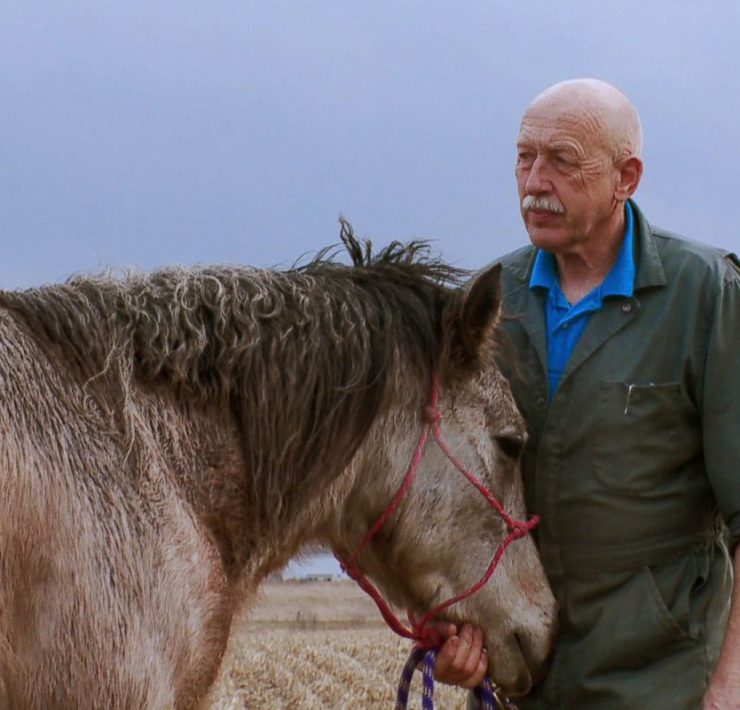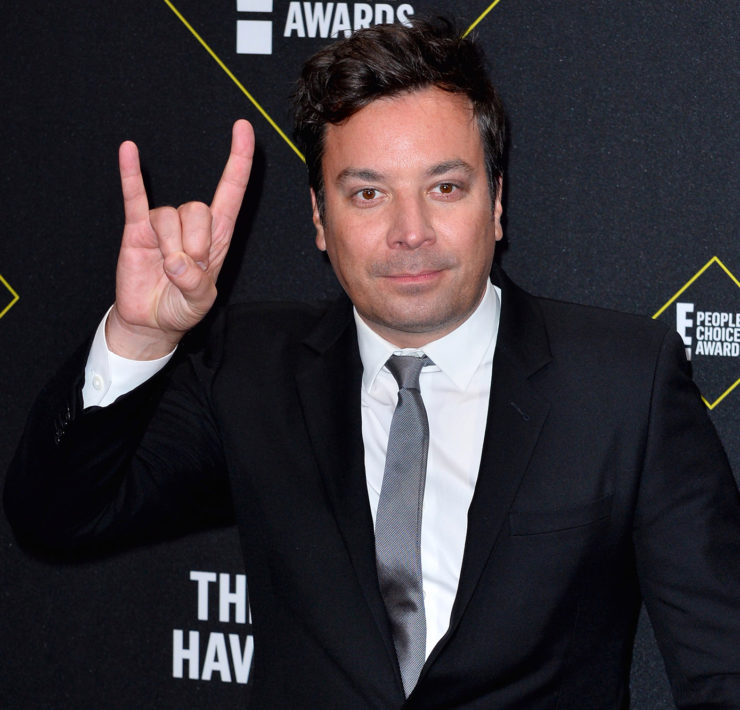Het is waarschijnlijk de meest gefotografeerde dag in onze geschiedenis: 9/11. En dat wil wat zeggen, met de smartphone-camera’s die we tegenwoordig allemaal in onze broekzak hebben en die vijftien jaar geleden nog niet mainstream waren. Al snel na de tragedie verschenen huiveringwekkende foto’s in dagbladen en op het internet. Iedereen kan beelden voor de geest halen. Verwrongen staal. Brandweermannen die de Amerikaanse vlag hijsen. Vluchtende New Yorkers, onherkenbaar onder het as en verpulverd beton. Er zijn echter ook beelden die pas jaren later hun weg naar het publiek vinden. Onderstaand beeld is een goed voorbeeld. Het is één van de meest controversiële, meest surrealistische foto’s van die vreselijke dag.
De verborgen 9/11-foto die vijf jaar onder de radar bleef
Thomas Hoepker is een Duitse fotograaf die voor fotocoöperatie Magnum in New York actief is. Direct nadat het eerste vliegtuig in de noordelijke WTC-toren vloog, vroeg Magnum hem om naar Manhattan te snellen. Op weg ernaartoe maakte hij onderstaande foto van vijf mensen die aan de kade van de Hudson schijnbaar relaxed genieten van het septemberzonnetje. Het is dat er op de achtergrond een onwaarschijnlijke catastrofe zichtbaar is, anders was het een vrij aardige vakantiefoto geweest. Van schok en verdriet lijkt geen sprake. We zien eerder gezelligheid. Even van het uitzicht genieten voor we weer verder fietsen.
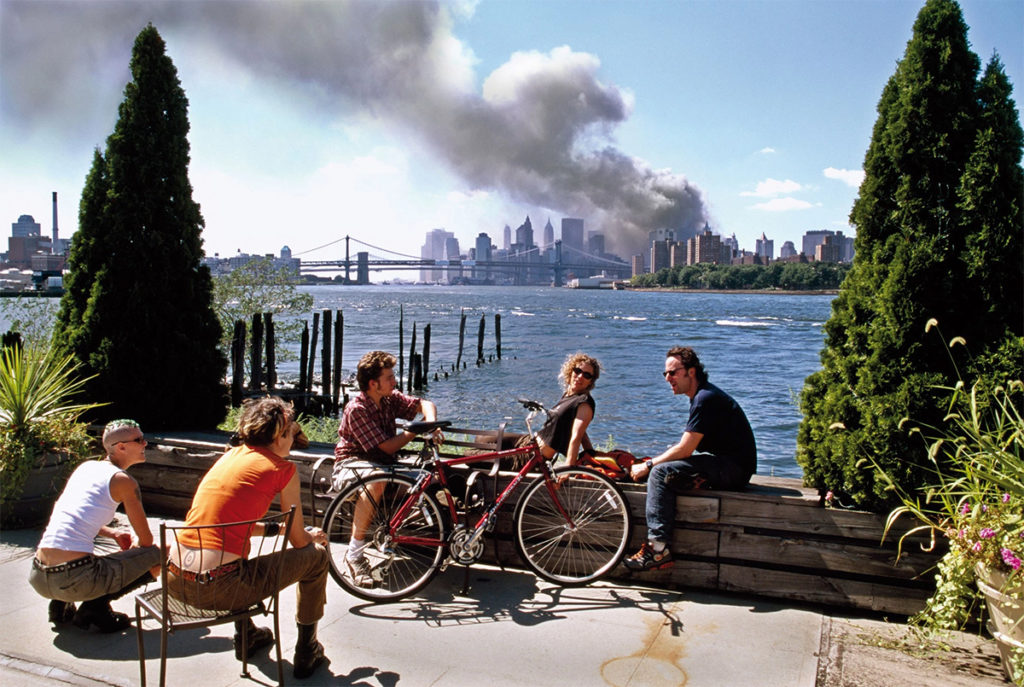
Fotograaf Hoepker besloot de foto niet te gebruiken en zei daar later het volgende over:
The picture, I felt, was ambiguous and confusing: Publishing it might distort the reality as we had felt it on that historic day. I had seen and read about the outpouring of compassion of New Yorkers toward the stricken families, the acts of heroism by firefighters, police, and anonymous helpers. This shot didn’t “feel right” at this moment and I put it in the “B” box of rejected images.
Het voelde niet goed om de foto te gebruiken en hij belandt in een archief. Maar niet voor eeuwig.
Duiding zorgt voor ophef
In 2006 verschijnt het fotoboek Watching the World Change van David Friend en nu wordt de foto wél gebruikt. Zonder bijschrift; lezers moeten zelf oordelen over de context. Een goede tekst had Hoepker ook niet kunnen schrijven; hij heeft het vijftal destijds niet aangesproken en heeft dus geen idee wat er zich afspeelde. Essayist Frank Rich schrijft op 10 september 2006 in The New York Times:
Mr. Hoepker found his subjects troubling. “They were totally relaxed like any normal afternoon,” he told Mr. Friend. “It’s possible they lost people and cared, but they were not stirred by it.” The photographer withheld the picture from publication because “we didn’t need to see that, then.” He feared “it would stir the wrong emotions.” But “over time, with perspective,” he discovered, “it grew in importance.”
Dat is nogal een aanname. De vijf zonaanbidders zouden niet bepaald geroerd zijn door de gebeurtenissen op de achtergrond. Rich vervolgt:
Seen from the perspective of 9/11’s fifth anniversary, Mr. Hoepker’s photo is prescient as well as important — a snapshot of history soon to come. What he caught was this: Traumatic as the attack on America was, 9/11 would recede quickly for many. This is a country that likes to move on, and fast. The young people in Mr. Hoepker’s photo aren’t necessarily callous. They’re just American.
Ah, gelukkig. Hoewel ze ogenschijnlijk relaxed reageren op de tragedie, zijn de geportretteerden volgens Rich niet ongevoelig. Amerika is een land dat vooruit kijkt, en snel. De mannen zijn zeker geraakt, maar ze zijn ook Amerikaans. En dat betekent kennelijk: verwerken en doorgaan – het liefst zo rap mogelijk. Op basis van een foto, die in een split second wordt genomen, wordt hier nogal wat geïnterpreteerd.
Lees hier het volledige opiniestuk en lees ook de nuance waarmee Thomas Hoepker vervolgens kwam. Bekijk vervolgens ook een interview met Hoepker op Vimeo.
Mensen op de foto treden uit anonimiteit
De opgelaaide discussie frustreert twee geportretteerden: de man en de vrouw rechts, in 2001 geliefden. Ze schrijven naar de krant en dan blijkt inderdaad dat deze groep niet aan het uitrusten was van een fietstocht. Nee, de mensen, vreemden van elkaar, raakten toevallig met elkaar in gesprek over wat zich achter hen afspeelde. Beiden klaagden dat Hoeper ze fotografeerde zonder hun toestemming, op een manier die totaal niet in lijn was met hun gevoelens op dat moment. Helemaal rechts zit Walter Sipser. Hij schreef het volgende:
“A snapshot can make mourners attending a funeral look like they’re having a party.
Thomas Hoepker took a photograph of my girlfriend and me sitting and talking with strangers against the backdrop of the smoking ruin of the World Trade Center on September 11th. Earlier, she and I had watched the buildings collapse from my rooftop in Brooklyn and had made our way down to the waterfront. The Williamsburg Bridge was filled with hundreds of people, covered in dust, helping one another make their way onto the street. It was clear that people who ordinarily would not have spoken two words to each other were suddenly bound together, which I suppose must be a fairly common occurrence in the aftermath of a catastrophe.
We were in a profound state of shock and disbelief, like everyone else we encountered that day. Thomas Hoepker did not ask permission to photograph us nor did he make any attempt to ascertain our state of mind before concluding five years later that, “It’s possible they lost people and cared, but they were not stirred by it.” Had Hoepker walked fifty feet over to introduce himself he would have discovered a bunch of New Yorkers in the middle of an animated discussion about what had just happened. He instead chose to publish the photograph that allowed him to draw the conclusions he wished to draw, conclusions that also led Frank Rich to write, “The young people in Mr. Hoepker’s photo aren’t necessarily callous. They’re just American.” A more honest conclusion might start by acknowledging just how easily a photograph can be manipulated, especially in the advancement of one’s own biases or in the service of one’s own career.
Still, it was nice being described as a young person. I was forty at the time the photograph was taken.”
Een intelligente reactie met een relevante conclusie. Een foto kan eenvoudig totaal verkeerd worden geïnterpreteerd, zelfs door mensen die beter zouden moeten weten. Een vooroordeel op basis van een snapshot, is snel gemaakt. Iemand die rouwt op een begrafenis, kan er op een foto uitzien alsof hij feestviert.
Chris Schiavo, de vrouw die vanachter haar zonnebril als enige naar de lens kijkt, reageert ook. Ze is zelf fotografe.
“I am one of the “disaffected sunbathing youth” in the photo. I think Walter Sipser and your readers have already voiced most of what should be considered when looking at this photo in conjunction with the New York Times article.
I am also a professional photographer and did not touch a camera that day. Why? For many reasons including a now-obvious one: This somewhat cynical expression of an assumed reality printed in the New York Times proves a good reason. (Shame on Mr. Rich and Mr. Hoepker—one should never assume.) But most of all to keep both hands free, just in case there was actually something I could do to alter this day or affect a life, to experience every nanosecond in every molecule of my body, rather than place a lens between myself and the moment. (Sounds pretty “callous,” huh?) I also have a strict policy of never taking a photograph of a person without their permission or knowledge of my intent.
I am a third-generation native New Yorker, who knows and loves every square inch of this city, as did her ancestors before her. My mother and father are both architects and artists who have contributed much to the landscape of this city and my knowledge of the buildings that are my hometown and my childhood friends. (Ironically, my mother even worked for Minoru Yamasaki, the World Trade Center architect.) The point being, it was genetically impossible for me to be unaffected by this event.”
Het leven stopt niet op een dag vol dood
Journalist Jonathan Jones vond mooie woorden in The Guardian, tien jaar na de tragedie.
“Today, the meaning of this photograph has nothing to do with judging individuals. It has become a picture about history and about memory. As an image of a cataclysmic historical moment it captures something that is true of all historical moments: life does not stop dead because a battle or an act of terror is happening nearby.
(…)
And so, 10 years on, the meaning of this photograph is that memories fade fast. The people in the foreground are us. We are the ones whose lives went on, touched yet untouched, separated from the heart of the tragedy by the blue water of time, which has got ever wider and more impossible to cross. A 10-year-old event belongs to history, not the present. To feel the full sorrow of it now you need to watch a documentary – and then you will switch to something lighter, either because it is painfully clear that too much blood has been spent around the world in the name of this disaster, or simply because changing channels is what humans do. The people in this photograph cannot help being alive, and showing it.”



